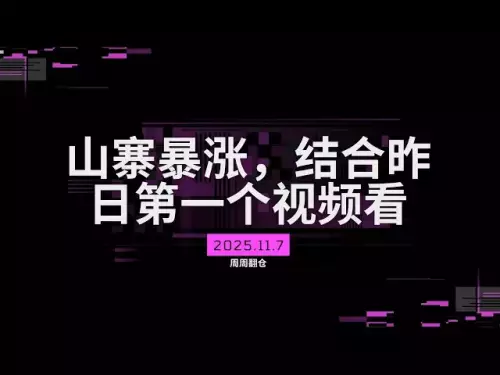-
 bitcoin
bitcoin $100977.009184 USD
-2.05% -
 ethereum
ethereum $3282.009150 USD
-3.23% -
 tether
tether $0.999813 USD
-0.02% -
 xrp
xrp $2.208254 USD
-4.89% -
 bnb
bnb $951.411089 USD
0.55% -
 solana
solana $155.761205 USD
-2.84% -
 usd-coin
usd-coin $1.000217 USD
0.02% -
 tron
tron $0.284475 USD
-1.28% -
 dogecoin
dogecoin $0.162363 USD
-1.53% -
 cardano
cardano $0.533988 USD
-0.47% -
 hyperliquid
hyperliquid $39.174339 USD
-3.22% -
 chainlink
chainlink $14.724828 USD
-1.16% -
 bitcoin-cash
bitcoin-cash $477.297986 USD
-1.28% -
 zcash
zcash $554.227426 USD
17.30% -
 ethena-usde
ethena-usde $0.998995 USD
-0.03%
What is DeFi on blockchain?
Decentralized Finance (DeFi) uses blockchain for transparent, trustless financial services, eliminating intermediaries. While offering lower fees and user control, risks like smart contract vulnerabilities and volatile cryptocurrencies necessitate careful consideration.
Mar 11, 2025 at 06:55 pm
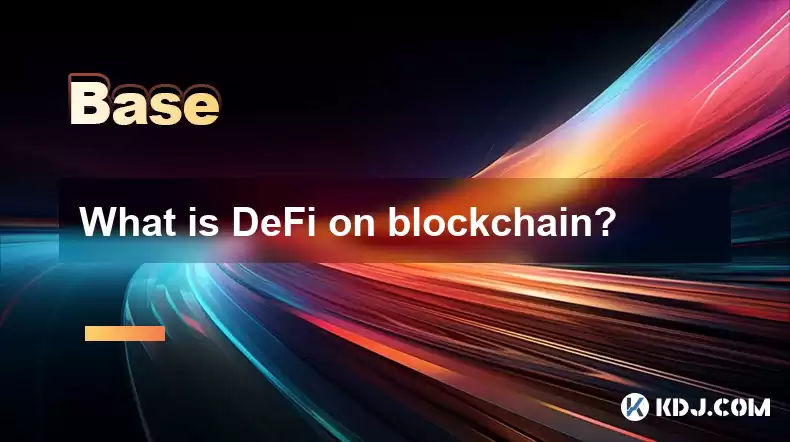
- DeFi, or Decentralized Finance, leverages blockchain technology to recreate traditional financial services in a trustless and transparent manner.
- It eliminates intermediaries like banks and brokers, offering users greater control and potentially lower fees.
- Various DeFi applications exist, including lending and borrowing platforms, decentralized exchanges (DEXs), and stablecoins.
- Understanding smart contracts, gas fees, and risks associated with smart contract vulnerabilities is crucial for engaging with DeFi.
- Security remains a paramount concern, with potential exploits and hacks posing significant threats to users' funds.
Decentralized Finance (DeFi) is a rapidly evolving ecosystem built on blockchain technology. It aims to recreate traditional financial services, such as lending, borrowing, trading, and investing, without relying on centralized intermediaries like banks or brokers. This decentralized nature offers potential benefits like increased transparency, greater user control, and potentially lower fees. However, it also introduces unique risks and complexities.
How does DeFi work on Blockchain?DeFi applications utilize smart contracts, self-executing contracts with the terms of the agreement directly written into code. These smart contracts are stored on the blockchain and automatically execute when predefined conditions are met. This eliminates the need for trusted third parties to oversee transactions, fostering trustlessness and transparency. The blockchain's immutable ledger ensures that all transactions are recorded and verifiable by anyone.
What are the key components of DeFi?Several key components underpin the DeFi ecosystem. Smart contracts form the core, automating transactions and agreements. Decentralized exchanges (DEXs) allow users to trade cryptocurrencies without relying on centralized exchanges. Stablecoins, pegged to fiat currencies like the US dollar, provide price stability within the volatile cryptocurrency market. Lending and borrowing protocols allow users to lend and borrow crypto assets, earning interest or accessing liquidity.
What are some examples of DeFi applications?Many DeFi applications are available, each offering unique services. MakerDAO, for example, is a lending protocol using collateralized debt positions (CDPs) to generate stablecoins. Uniswap is a prominent DEX facilitating automated market-making (AMM). Aave and Compound are popular lending and borrowing platforms, allowing users to earn interest on their crypto assets or borrow funds. These are just a few examples of the many innovative applications emerging within the DeFi space.
What are the benefits of using DeFi?The potential benefits of DeFi are numerous. Users gain greater control over their assets, eliminating the need to trust centralized institutions. Transparency is significantly enhanced due to the public and immutable nature of blockchain transactions. The potential for lower fees compared to traditional financial services is also attractive, although this isn't always guaranteed. Increased accessibility, allowing individuals in underserved regions to access financial services, is another key benefit.
What are the risks associated with DeFi?Despite the potential benefits, DeFi carries significant risks. Smart contract vulnerabilities can be exploited, leading to the loss of user funds. Impermanent loss, a risk associated with liquidity provision on DEXs, can result in losses for users providing liquidity. The volatile nature of cryptocurrencies can significantly impact the value of assets held within DeFi protocols. Rug pulls, where developers abscond with user funds, are also a concerning risk. Furthermore, the lack of regulatory oversight adds another layer of complexity and uncertainty.
How can I participate in DeFi?Participating in DeFi typically involves several steps.
- Choose a reputable platform: Research and select a DeFi platform with a proven track record and strong security measures.
- Acquire cryptocurrency: You'll need to own cryptocurrency to participate in most DeFi applications.
- Connect a wallet: You'll need a compatible cryptocurrency wallet to interact with DeFi protocols. Metamask is a popular choice.
- Understand the risks: Thoroughly understand the risks involved before investing any significant amount of capital.
- Start small: Begin with small amounts to gain experience and assess your comfort level.
Gas fees are transaction fees paid to miners or validators on the blockchain network to process transactions. These fees can vary significantly depending on network congestion. High gas fees can make DeFi interactions expensive, particularly during periods of high network activity. Understanding and budgeting for gas fees is crucial for effective participation in the DeFi ecosystem.
What is the future of DeFi?The future of DeFi is uncertain but holds significant potential. Continued innovation and development are expected, with new applications and protocols emerging constantly. Increased regulatory clarity and the integration of DeFi with traditional financial systems could significantly shape its future trajectory. However, challenges like scalability, security, and regulatory uncertainty remain significant hurdles to overcome.
Common Questions and Answers:Q: Is DeFi safe? A: While DeFi offers potential benefits, it also carries significant risks, including smart contract vulnerabilities, hacks, and market volatility. Thorough research and risk assessment are crucial before participation.
Q: How do I choose a reputable DeFi platform? A: Look for platforms with transparent audits, strong community support, and a proven track record. Research the team behind the platform and examine its security practices.
Q: What is a smart contract? A: A smart contract is a self-executing contract with the terms of the agreement directly written into code. It runs on a blockchain and automatically executes when predefined conditions are met.
Q: What is impermanent loss? A: Impermanent loss is the potential loss incurred when providing liquidity to a DEX. It occurs when the price of the assets you've provided changes relative to each other.
Q: What are stablecoins? A: Stablecoins are cryptocurrencies designed to maintain a stable value, typically pegged to a fiat currency like the US dollar, aiming to reduce the volatility associated with other cryptocurrencies.
Q: How can I protect myself from DeFi scams? A: Be wary of unsolicited offers, conduct thorough research on any platform before investing, and never share your private keys or seed phrases with anyone.
Disclaimer:info@kdj.com
The information provided is not trading advice. kdj.com does not assume any responsibility for any investments made based on the information provided in this article. Cryptocurrencies are highly volatile and it is highly recommended that you invest with caution after thorough research!
If you believe that the content used on this website infringes your copyright, please contact us immediately (info@kdj.com) and we will delete it promptly.
- BlockDAG, Avalanche, Dogecoin: Crypto's Leading Trio in 2025
- 2025-11-07 22:05:01
- Layer 2 Coins: Will There Be a Potential Explosion by 2026?
- 2025-11-07 16:50:02
- Filecoin, ICP, and the AI Infrastructure Renaissance: Is History Repeating?
- 2025-11-07 16:50:02
- Bitcoin's Wild Ride: Surges, Zeros, and the Search for Stability
- 2025-11-07 17:05:01
- XRP, Bitcoin, and the Rally: What's the Deal, New York?
- 2025-11-07 17:25:01
- Filecoin, DePIN, and a Technical Breakout: What's the Buzz?
- 2025-11-07 17:05:01
Related knowledge

How does a crypto insurance protocol work?
Nov 08,2025 at 12:39am
Understanding Crypto Insurance Protocols1. A crypto insurance protocol operates by offering financial protection against losses incurred from digital ...
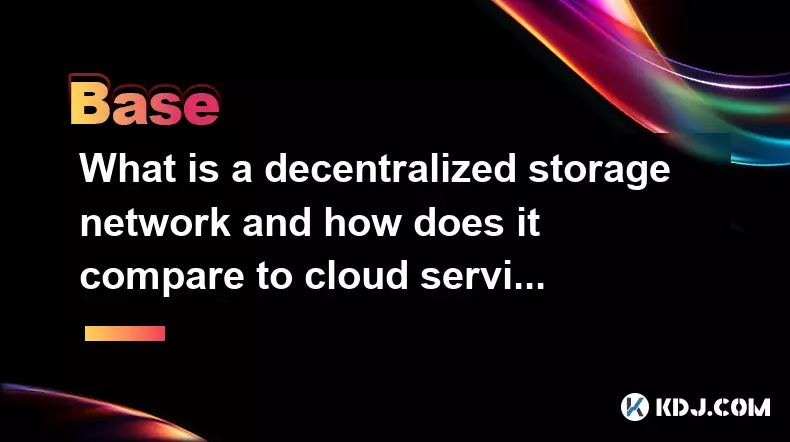
What is a decentralized storage network and how does it compare to cloud services?
Nov 07,2025 at 11:59pm
Understanding Decentralized Storage Networks1. A decentralized storage network distributes data across a peer-to-peer infrastructure rather than relyi...

What is an address poisoning scam and how can you prevent it?
Nov 08,2025 at 02:20am
Understanding Address Poisoning Scams in the Crypto Space1. An address poisoning scam is a deceptive tactic used by malicious actors within the crypto...

What is liquid restaking and how does it build upon the concept of staking?
Nov 07,2025 at 06:19pm
Bitcoin’s Role in Decentralized Finance Evolution1. Bitcoin remains the cornerstone of decentralized finance, setting benchmarks for security and netw...

What is a concentrated liquidity position and how does it improve capital efficiency?
Nov 07,2025 at 06:00pm
Understanding Concentrated Liquidity Positions1. A concentrated liquidity position allows liquidity providers to allocate their capital within a speci...
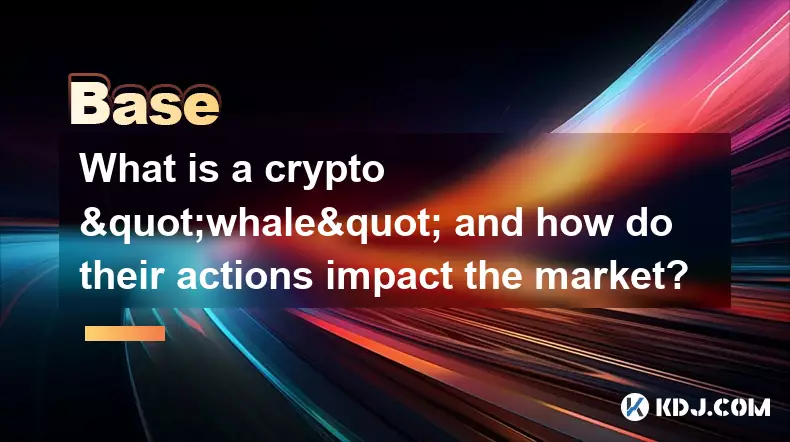
What is a crypto "whale" and how do their actions impact the market?
Nov 08,2025 at 01:19am
Understanding the Role of Crypto Whales in Market Dynamics1. A crypto 'whale' refers to an individual or entity that holds a substantial amount of a p...

How does a crypto insurance protocol work?
Nov 08,2025 at 12:39am
Understanding Crypto Insurance Protocols1. A crypto insurance protocol operates by offering financial protection against losses incurred from digital ...

What is a decentralized storage network and how does it compare to cloud services?
Nov 07,2025 at 11:59pm
Understanding Decentralized Storage Networks1. A decentralized storage network distributes data across a peer-to-peer infrastructure rather than relyi...

What is an address poisoning scam and how can you prevent it?
Nov 08,2025 at 02:20am
Understanding Address Poisoning Scams in the Crypto Space1. An address poisoning scam is a deceptive tactic used by malicious actors within the crypto...

What is liquid restaking and how does it build upon the concept of staking?
Nov 07,2025 at 06:19pm
Bitcoin’s Role in Decentralized Finance Evolution1. Bitcoin remains the cornerstone of decentralized finance, setting benchmarks for security and netw...

What is a concentrated liquidity position and how does it improve capital efficiency?
Nov 07,2025 at 06:00pm
Understanding Concentrated Liquidity Positions1. A concentrated liquidity position allows liquidity providers to allocate their capital within a speci...

What is a crypto "whale" and how do their actions impact the market?
Nov 08,2025 at 01:19am
Understanding the Role of Crypto Whales in Market Dynamics1. A crypto 'whale' refers to an individual or entity that holds a substantial amount of a p...
See all articles

















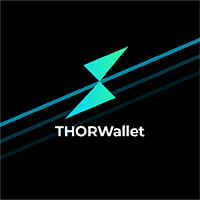



![The Graph Price Prediction [GRT Crypto Price News Today] The Graph Price Prediction [GRT Crypto Price News Today]](/uploads/2025/11/07/cryptocurrencies-news/videos/690d4df44fe69_image_500_375.webp)



